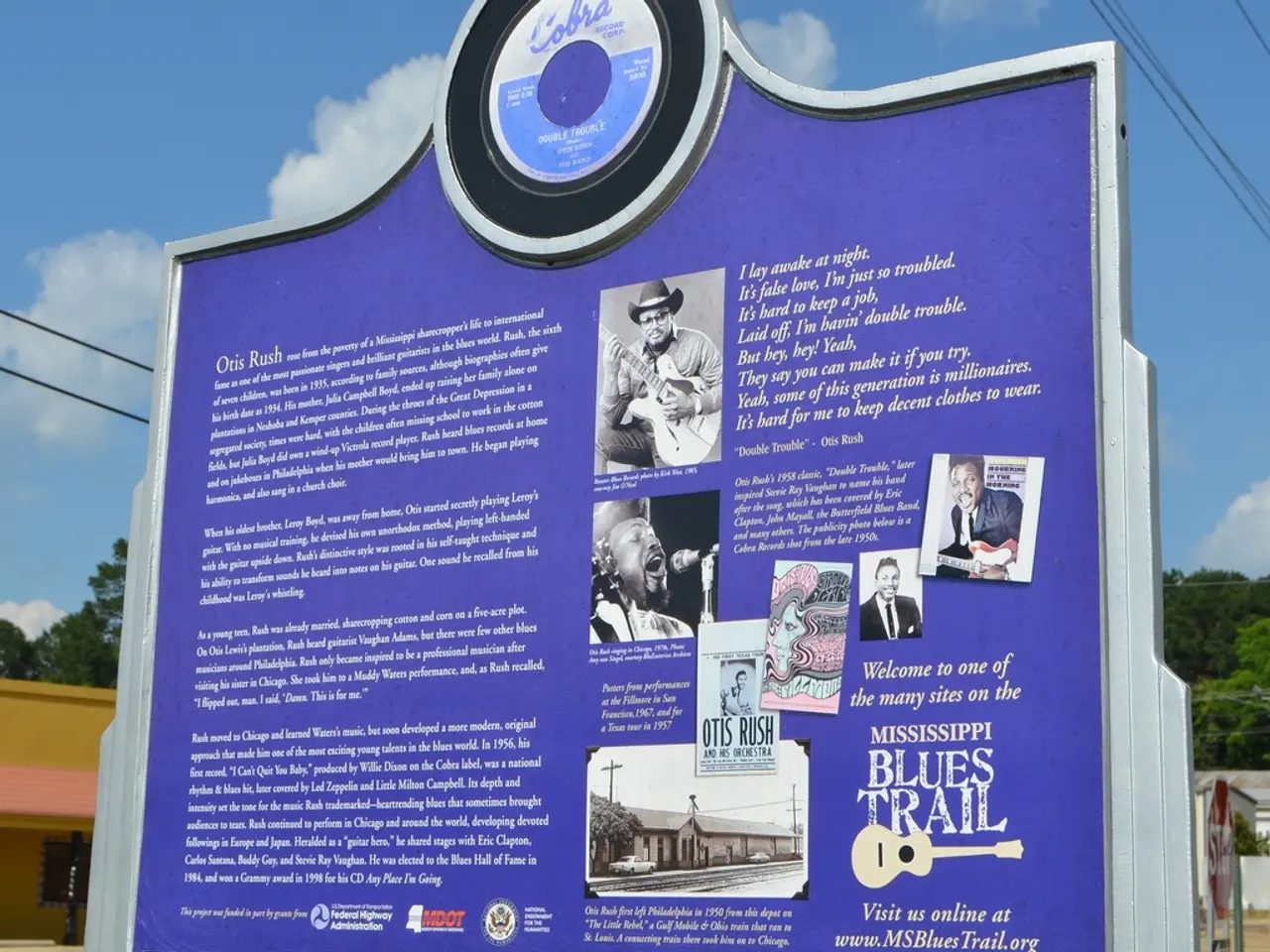Message from the Voyager Golden Record Regarding Humanity, in Case Extraterrestrials Discover It
The Voyager Golden Record, launched aboard NASA's Voyager 1 and Voyager 2 spacecraft in 1977, serves as a hopeful interstellar message to any intelligent extraterrestrial civilization or future humans who might discover the spacecraft. This golden-plated copper phonograph record is a time capsule, designed to endure for over a billion years, containing a carefully curated selection of images, sounds, music, and spoken greetings.
The emphasis of the Golden Record was on science, the natural world, and cultural variety. It includes 116 images depicting Earth's diversity, natural landscapes, human activities, and scientific knowledge. The audio portion comprises 90 minutes of music from around the world, spoken greetings in 55 languages, and sounds of Earth, such as animal calls and weather phenomena.
The cover of the record features symbolic instructions on how to play it and diagrams illustrating the location of our Sun relative to 14 known pulsars. This pulsar map aims to help potential finders locate Earth in the galaxy. Everything on the Golden Record was encoded in analog format, and playback instructions were symbolic and based on physical constants, not language.
Interestingly, the record does not include depictions of war, weapons, religious ceremonies, or political ideologies. Among the personal inclusions is a one-hour EEG recording of Ann Druyan's brain activity. Both Voyager spacecraft carry identical copies of the Golden Record, with the discs bolted to the mainframes of the spacecraft and shielded by aluminum covers.
The selection process for the Golden Record was shaped by limited time, available technology, and personal judgment. NASA approved a proposal to add a message to be carried aboard the Voyager spacecraft, led by astronomer Carl Sagan. If a similar message were proposed today, it would likely involve more people, more discussion, and more time, potentially including digital formats and modern symbols.
As Voyager 1 moves toward the general vicinity of Gliese 445, a star in the constellation Camelopardalis, it will take more than 40,000 years to pass near it. The Voyager Golden Record captures a brief and specific moment in the late 1970s, a testament to human curiosity and desire for cosmic connection. It is a universal reference for time and frequency, a symbol of our collective hopes and dreams, drifting beyond the edge of the solar system without updates or annotations.
- The Voyager Golden Record, a symbol of our collective hopes and dreams, incorporates physics and space-and-astronomy, as it contains data about the location of our Sun relative to pulsars.
- In the selection process for the Golden Record, technology played a significant role, as the limited available technology of the late 1970s influenced the decision to encode the information in an analog format.
- The Voyager Golden Record, a time capsule intended for future intelligent civilizations, showcases the diversity of Earth's science, culture, and natural world, thereby embracing elements from various areas of science, such as biology, geology, and technology.




